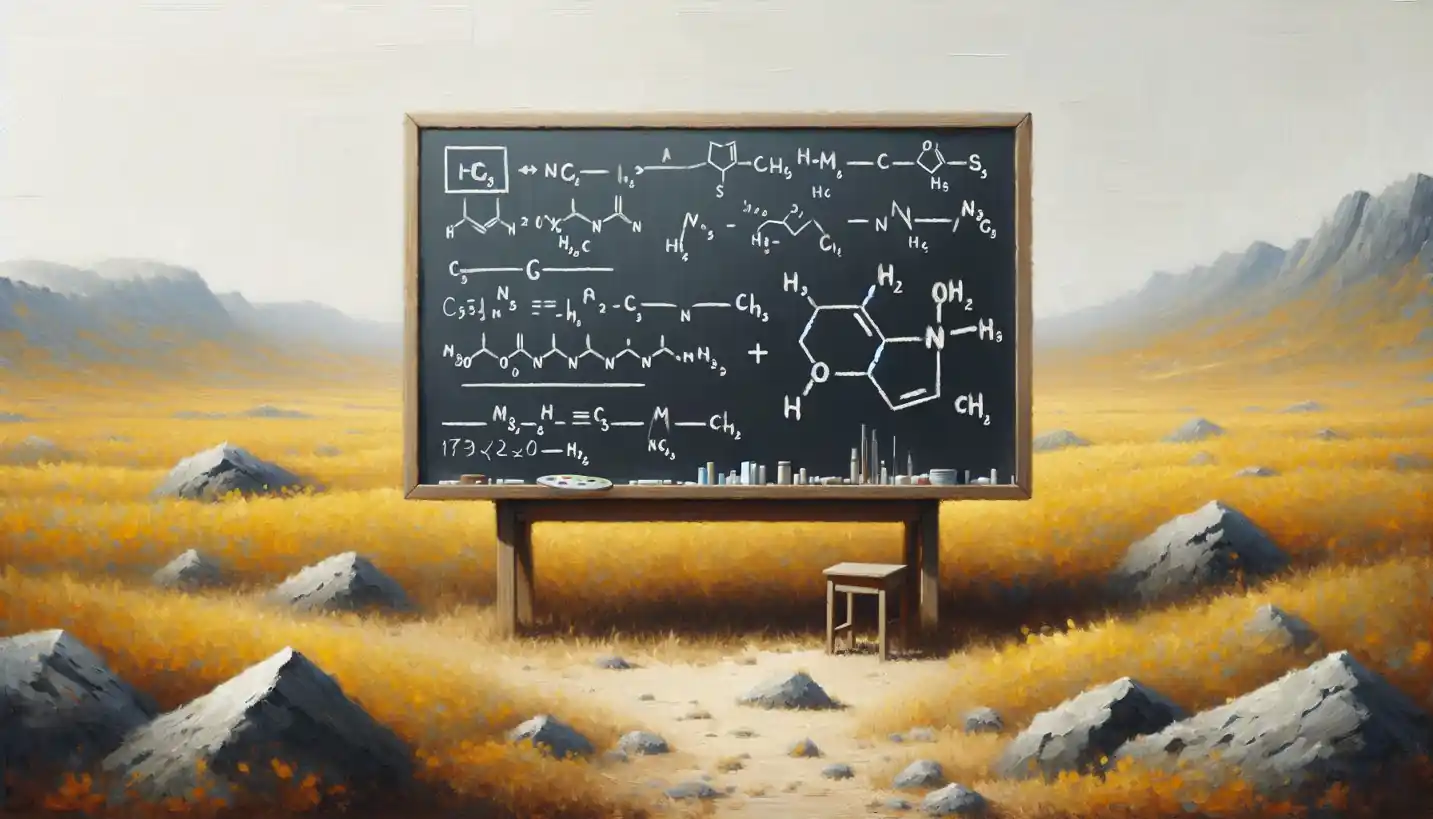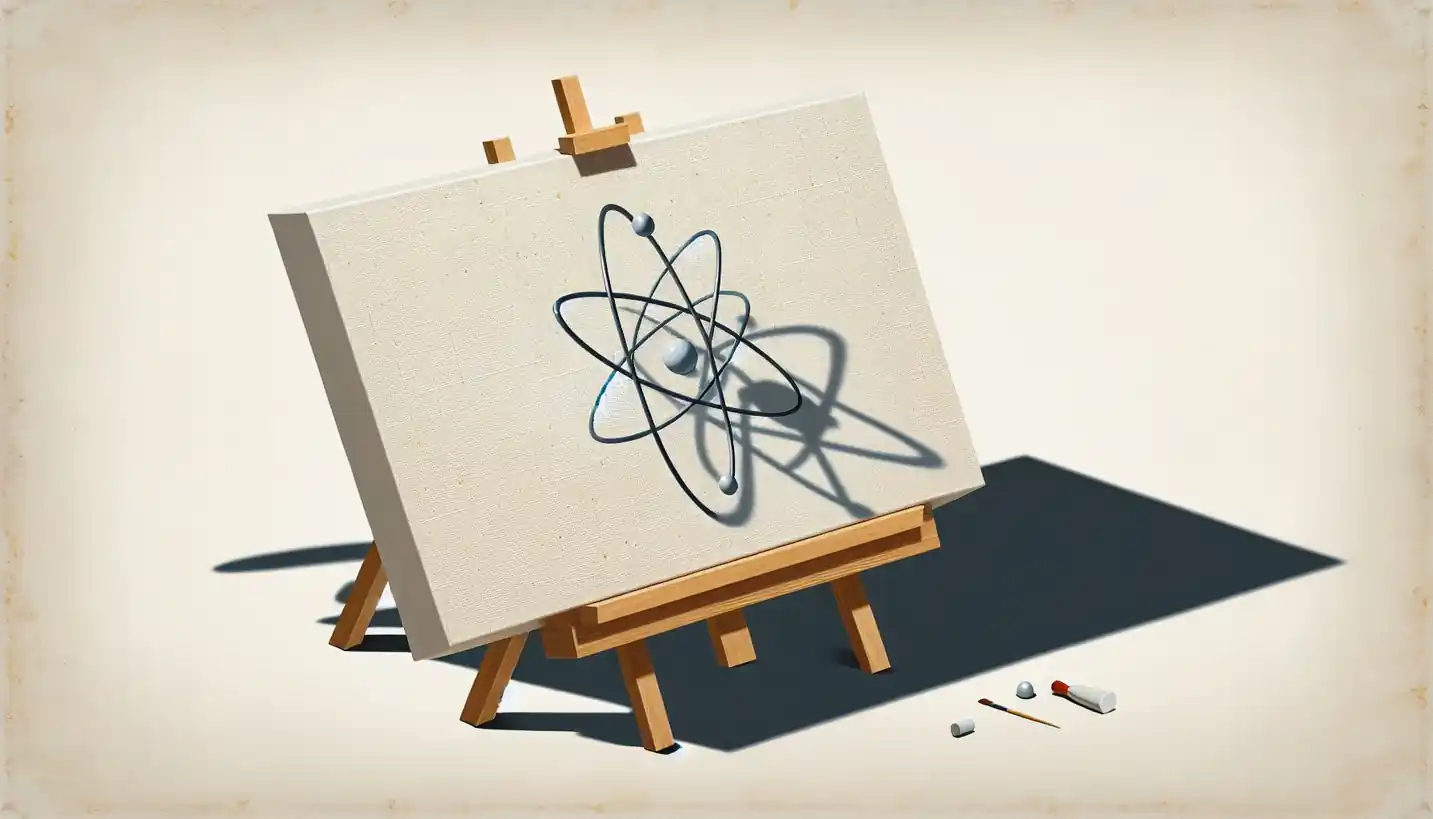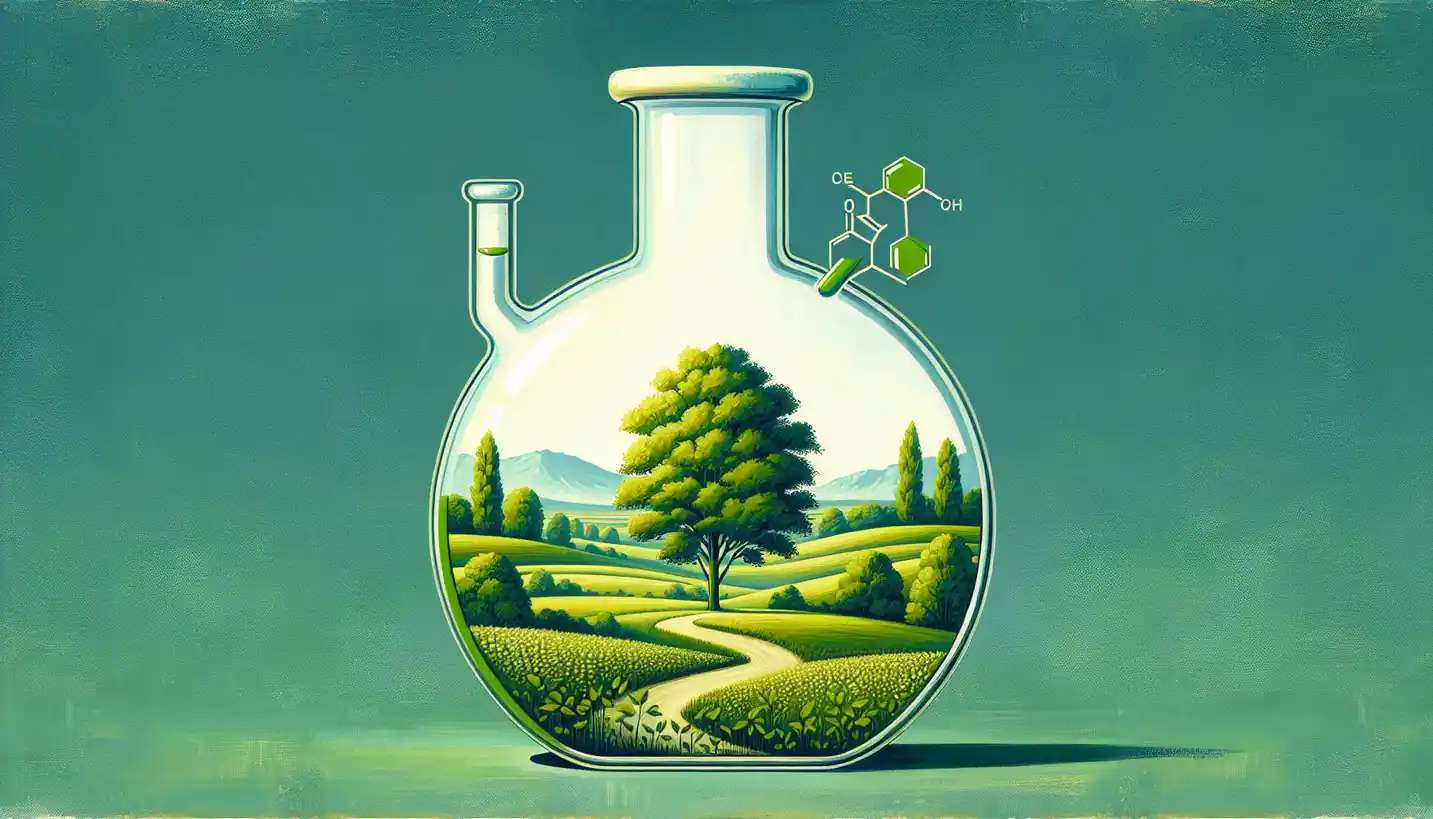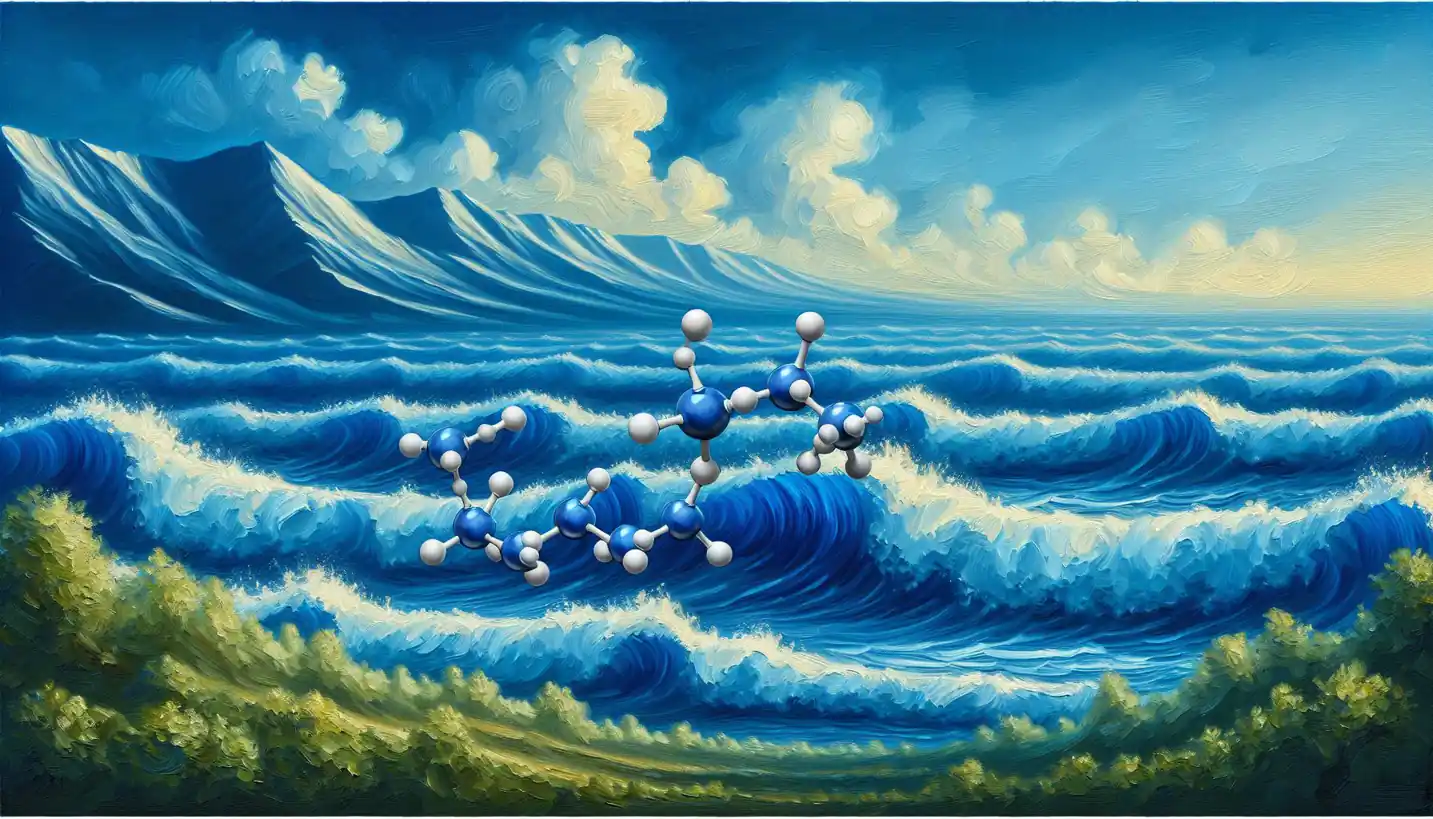· Chemistry · 4 min read
Photobleaching: Unraveling the Fading Glow of Light Chemistry
Photobleaching describes how the brightness of fluorescent substances fades over time, a fascinating aspect of photochemistry. It explains why some glowing materials lose their shine.

Lights, colors, action! When you think about vibrant colors, you might not consider what’s happening on a microscopic level. Today, photobleaching is stepping into the spotlight, a crucial concept in photochemistry that explains why some things dim with time under light.
What is Photobleaching?
When you leave a colored paper in the sun for too long, you’ll notice it starts to lose its vibrant hue. This fading is photobleaching in action. Photobleaching occurs when molecules, known as fluorophores, lose their ability to emit light over time. It involves a permanent chemical change triggered by exposure to light.
The Science Behind the Fading Colors
In photochemistry, photon interaction with chemical compounds is at the heart of many phenomena, photobleaching included. Let’s break it down. When light hits a substance, it excites electrons in the molecules to higher energy states. Think of it like a child on a sugar rush – temporarily buzzing with energy. However, when these electrons return to their original, stable state, they release energy, often in the form of light.
But sometimes, during their energetic jaunt, these molecules undergo chemical transformations, leading them to a state where they can no longer emit light. Imagine a partygoer who dances so much that they break their shoe – they can’t keep dancing in the same way anymore. This breakdown is essentially what causes photobleaching.
Why Does Photobleaching Matter?
Photobleaching isn’t just a curious phenomenon – it’s vital for many technological and scientific fields. In medical imaging and biological research, for instance, it’s important to understand and control photobleaching to ensure clear, accurate, and vivid imaging. Fluorescence microscopy, a technique often used to observe tiny, glowing biological samples, relies heavily on the stability of fluorescence. If photobleaching occurs too quickly, researchers may lose vital information.
The Challenges of Photobleaching
Photobleaching can pose significant challenges. Imagine trying to capture a photograph, but your camera keeps dimming its view. Similarly, scientists and photographers who document fluorescence in living cells or other materials need steady, reliable light emission for accurate results. Photobleaching literally fades the picture away, causing potential data loss.
Fighting the Fade: Strategies to Reduce Photobleaching
Researchers and scientists have developed various strategies to combat photobleaching. One common technique is to alter the chemical structure of fluorophores to make them more robust against light-induced damage. It’s like reinforcing a pair of shoes to withstand energetic dancing. Another method involves using specific chemicals, known as anti-fade agents, which act like a shield, protecting the fluorophores from light damage.
The Future of Photobleaching Research
The pursuit to understand and mitigate photobleaching continues. With advancements in technology, scientists hope to design even more resistant fluorescent dyes and improved imaging techniques. Innovations in nanotechnology, for instance, hold promise for creating new materials that can endure longer under light exposure. Such progress could revolutionize areas ranging from medical diagnostics to environmental monitoring.
Everyday Impacts of Photobleaching
The effects of photobleaching aren’t restricted to specialized sciences. You’ve probably encountered its influence in everyday life without even realizing it. Those faded curtains or signs bleached by the sun? That’s photobleaching! Manufacturers even harness this knowledge to improve product longevity, developing dyes and materials less susceptible to light-induced fading.
Conclusion: The Subtle Dance of Light and Color
The tale of photobleaching is a reminder of nature’s intricate dance between light and matter. By understanding how light interacts with our world, we gain insights into everything from the colors we see to the technology we use. Next time you see something fade under the sun, remember: there’s a fascinating story unfolding at the molecular level.
Understanding photobleaching not only enriches our scientific knowledge but also illustrates the delicate balance of light, color, and chemistry that adds vibrancy to our lives. And as science continues to peel back the layers of this phenomenon, there’s no limit to the applications that could brighten our future.
In the world of science, just like in our everyday lives, the quest to capture light’s true colors continues!



